Uprising, Netflix’s new Korean action-war epic, spans decades as it follows the fraught friendship between Cheon-yeong (Broker’s Gang Dong-won), a nobi slave with a knack for swordsmanship, and Jong-ryeo (The 8 Show’s Park Jeong-min), the son of a noble family struggling to reconcile his ideals with his privilege. The two men grow up in the same household—side by side, but never equal in their access to comfort, freedom, or opportunity within late 16th century Joseon’s Neo-Confucianist society.
When Japan invades the Korean Peninsula in 1592, to begin what will be a seven-year conflict known as the Imjin War, the two men both become soldiers. Cheon-yeong joins the Righteous Army, an informal militia composed of civilians. Meanwhile, Jong-ryeo is at King Seonjo’s side as he flees the capital and largely abandons his people to their fate. Uprising is titled “전, 란” in Korean, which translates to “War, Chaos.” “This story can be divided into war, and what happens after that war,” explains Korean film legend Park Chan-wook (The Handmaiden, The Sympathizer), who produced the film and co-wrote its script alongside Shin Chul, in the press notes. “I wanted a title that reflected the zeitgeist of this story, which is not about ‘chaos caused by a war,’ but ‘war and its consequent revolt.’”

Every Korean learns about the Imjin War in school, but it’s not part of the American curriculum. “The Imjin War still affects the ways in which Korean people perceive themselves as well as Japan and its people,” says Professor Nam-lin Hur, who teaches premodern Japanese history, Korean-Japanese relations, and Joseon Korea in the Department of Asian Studies at The University of British Columbia. In 1592, East Asia was plunged into war when Japan’s Hideyoshi regime invaded Korea, perhaps as part of a larger plan to conquer China. (Though it is not depicted in the film, China’s Ming Dynasty would also get pulled into the conflict, sending tens of thousands of troops to aid Joseon. “It was a military rescue for which the Ming suffered heavy casualties,” says Hur. “The Ming played a crucial role in ending the war.”) At the time, the Korean peninsula was well into the Joseon dynasty, which spanned from 1392 to 1910 and brought about major cultural developments such as the invention of the Korean phonetic alphabet, known as hangeul, in 1443.
Another development that characterized the Joseon dynasty was the creation of a scholar-noble class, known as the yangban. Composed primarily of civil servants and military officials, the yangban—a class to which Jong-ryeo would have belonged— were the highest tier of a rigid caste system. Though yangban men were technically subject to military duty and held prestigious positions of military leadership, the government did not force this class into service, even during the war, says Hur. Around this time, the yangban class made up roughly 5 to 10% of the total population, with the nobi class constituting around 30 to 40%, estimates Hur. King Seonjo saw upholding the division between the yangban and nobi classes as integral to sustaining his dynasty. According to the veritable records of the era, Seonjo said of the system: “The distinction between slaves and masters is like the way of heaven and earth, so it should be neither neglected nor compromised.”
There’s a great deal of Korean history packed into Uprising’s two-hour runtime, but its action prevents it from ever feeling didactic. The film’s drama is driven by its central relationship, which is informed by the film’s rich, historical setting. “All the Korean people know of the existence of this war and the existence of the voluntary militia,” actor Park told TIME, through an interpreter, “but I think what I learned from joining this project is the emotions that are underneath the facts. It’s not just learning the facts, but looking deeper beneath what happened.”

By the time Japan withdrew their troops from the Korean peninsula in 1598, as many as 500,000 combatants from Japan, China, and Korea were dead. Though Joseon had won the war, the land and its people were devastated. According to The Aftermath, an academic project that seeks to understand the regional legacy of the war, some estimates put Joseon casualties and civilian abduction figures at 2 million people, or 20% of the population. Twenty thousand to 100,000 Koreans were captured and taken to Japan, further shifting the war-devastated social demographics of Joseon society. Still, the Joseon era would continue for another 300 years, until Japan occupied the peninsula in 1910.
Uprising’s thematic core comes in the class unrest that escalates during the war, as depicted through the film’s central characters, especially Cheon-yeong. During the war, Cheon-yeong hides his slave status and uses his skills as a fighter to help Joseon win the war, hoping to gain his lasting freedom in the process. “He becomes a hero, and he lives in freedom,” says Gang. “But, after the war, ironically, he has to go back to the lowest class, right? When the system comes back, he can’t change it. He still wants to change it, but he realized he can’t change it. So he makes a decision to break the system.”
While the Japanese forces who invade Korea are antagonists in this film, represented by cruel commander Genshin (The Glory’s Jung Sung-il), Uprising paints King Seonjo, a much-depicted figure in Korean pop culture, and the caste system he represents as the primary antagonist. “King Seonjo worked hard to save his kingship. For that goal, he wielded power and mobilized all available resources, including people, at his disposal,” says Hur of the historical figure. “He did not much care for anything else but his own kingship; he was not even interested in knowing how many people perished during the war to save his kingship. That was the nature of power under which people had to survive.”

For Kim, who hadn’t directed a film for almost a decade before this project, this focus on internal strife set Uprising apart from a traditional war film. “There have been a lot of films where the antagonist is the one who invades, right?” says Kim. “And so I didn’t want to make a film telling that story. The invasion coming from someone external works as a catalyst that sort of brings down the internal, established system. That’s the story I wanted to tell.”
Though the Imjin War did not bring down the Joseon caste system, it did temporarily weaken it, leading to moments of all-out rebellion. As depicted in Uprising, it was Joseon citizens, angry at King Seonjo’s abandonment of the city, who burned down Seoul’s Gyeongbokgung Palace, not the Japanese invading force. “The class system weakened during the Imjin War amid the chaos but after the war, the ruling class made an effort to restore the class system quite successfully,” explains Hur. Following the war, the ruling class was able to restore and, in some cases, grow their power in the social order.
Still, Kim hopes themes of class consciousness will be what helps international audiences, who may know little to nothing about the Imjin War, connect with Uprising. “The reason people resonate with these themes so much is that, nowadays, even though it’s not blatantly described or restricted based on social systems, there is still that stratification of class,” says Kim. “Whether it’s based on economy or it’s power that’s generational, I still think that those themes are very much alive and therefore resonant.”
For actor Park, there’s a second, deeply resonant international theme. “Almost every country has been through war at some point of their history,” he says. Whether in Korea centuries ago or happening on another continent today, “Wars are just losses to the country, and nobody really wins from a war.”

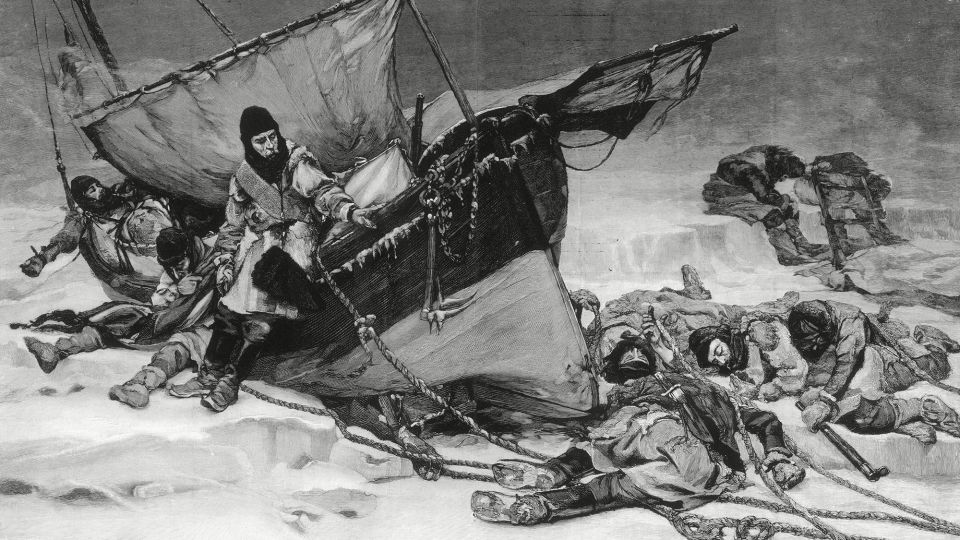
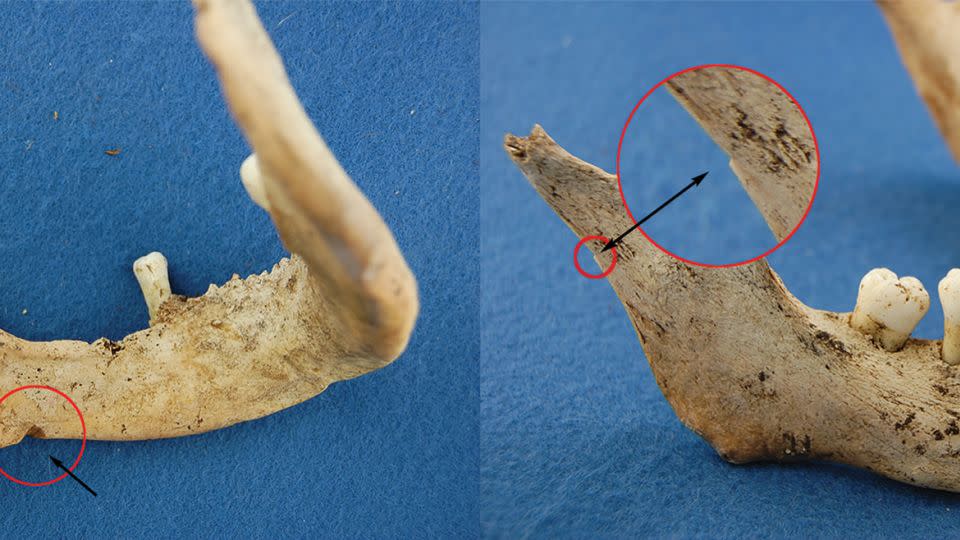
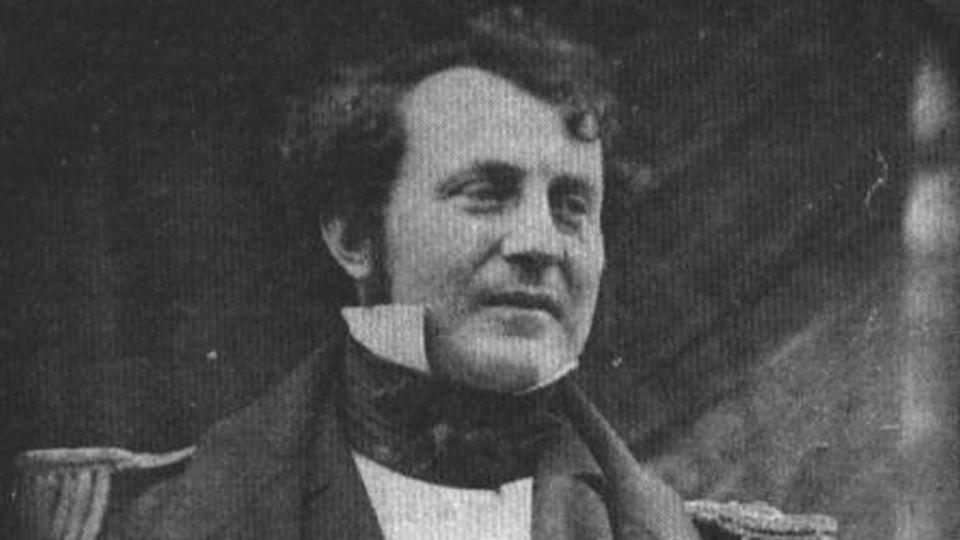
![James Fitzjames, captain of the HMS Erebus, made one of the handwritten notes on this document left in a stone cairn near Victory Point on King Willam Island, where the crew came ashore after deserting the ice-trapped ships. According to the new study, it reads: "H.M. Ships Terror and Erebus were deserted on the 22nd April, 5 leagues NNW of this, (hav)ing been beset since 12 Septr. 1846. […] Sir John Franklin died on the 11th June 1847 and the total loss by deaths in the Expedition has been to this date 9 Officers and 15 Men." - National Maritime Museum](https://s.yimg.com/ny/api/res/1.2/VC_AbkVF9PBlibXEz.8RrQ--/YXBwaWQ9aGlnaGxhbmRlcjt3PTk2MDtoPTU0MA--/https://media.zenfs.com/en/cnn_articles_875/836281c70ed6966f350fc6f5761a06da)
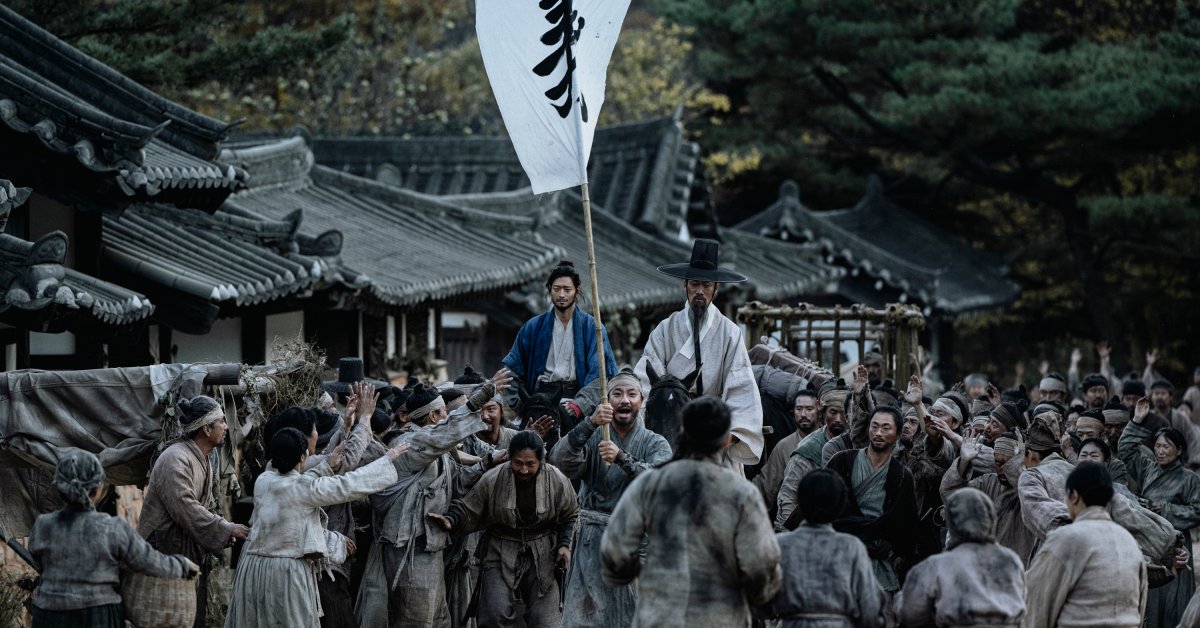
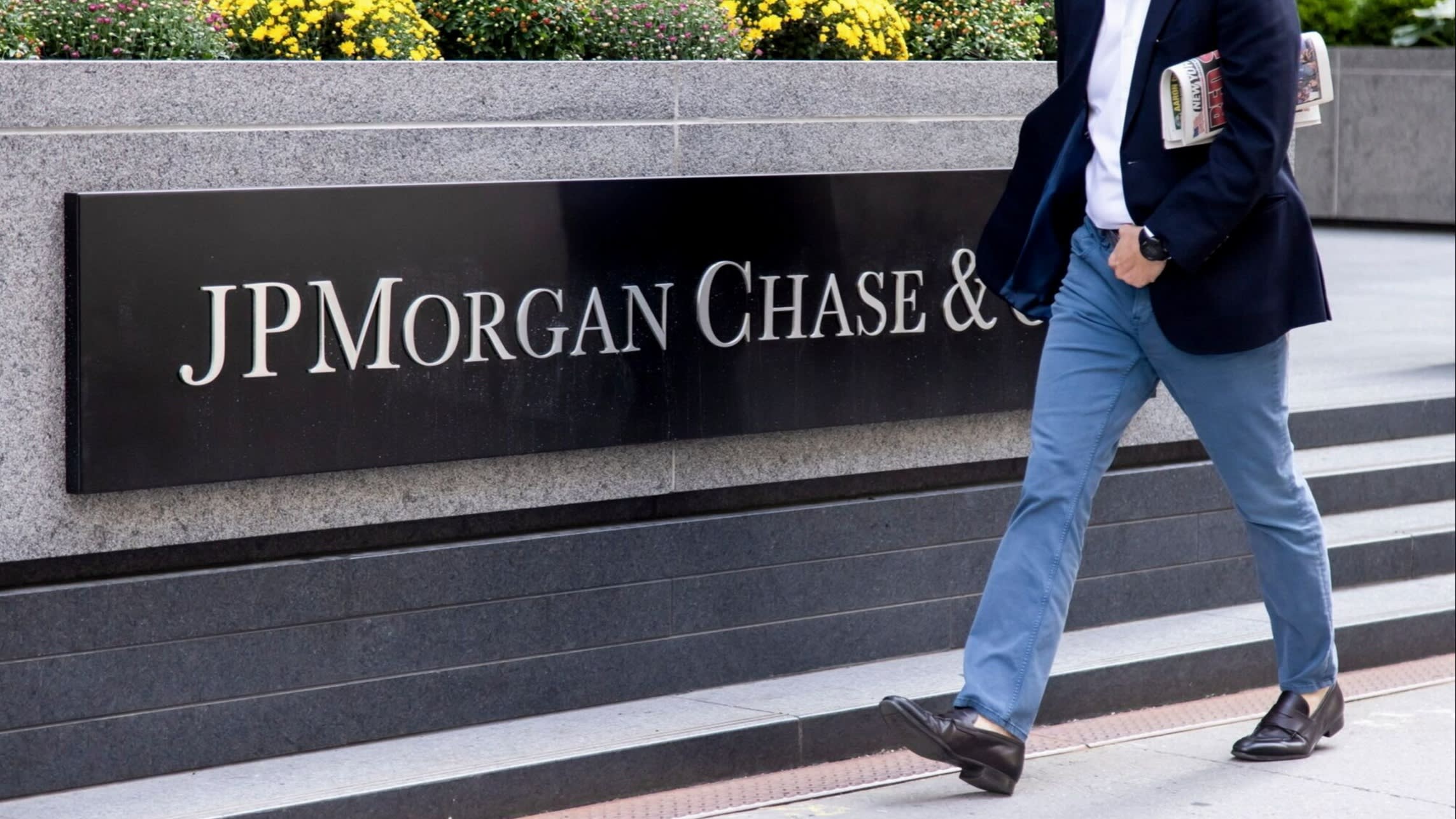



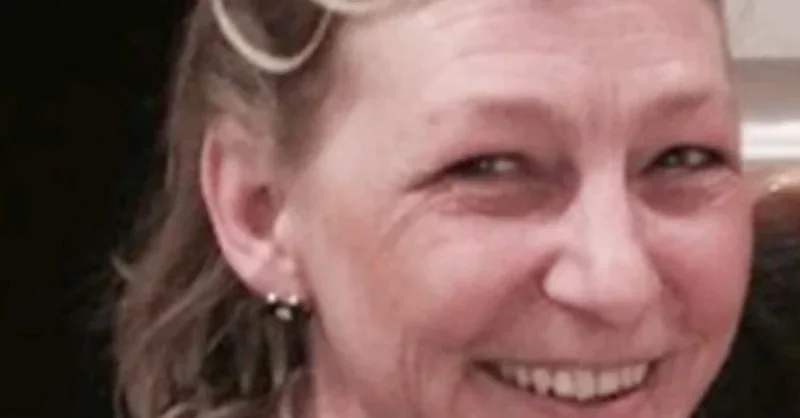
































































































































You must be logged in to post a comment Login